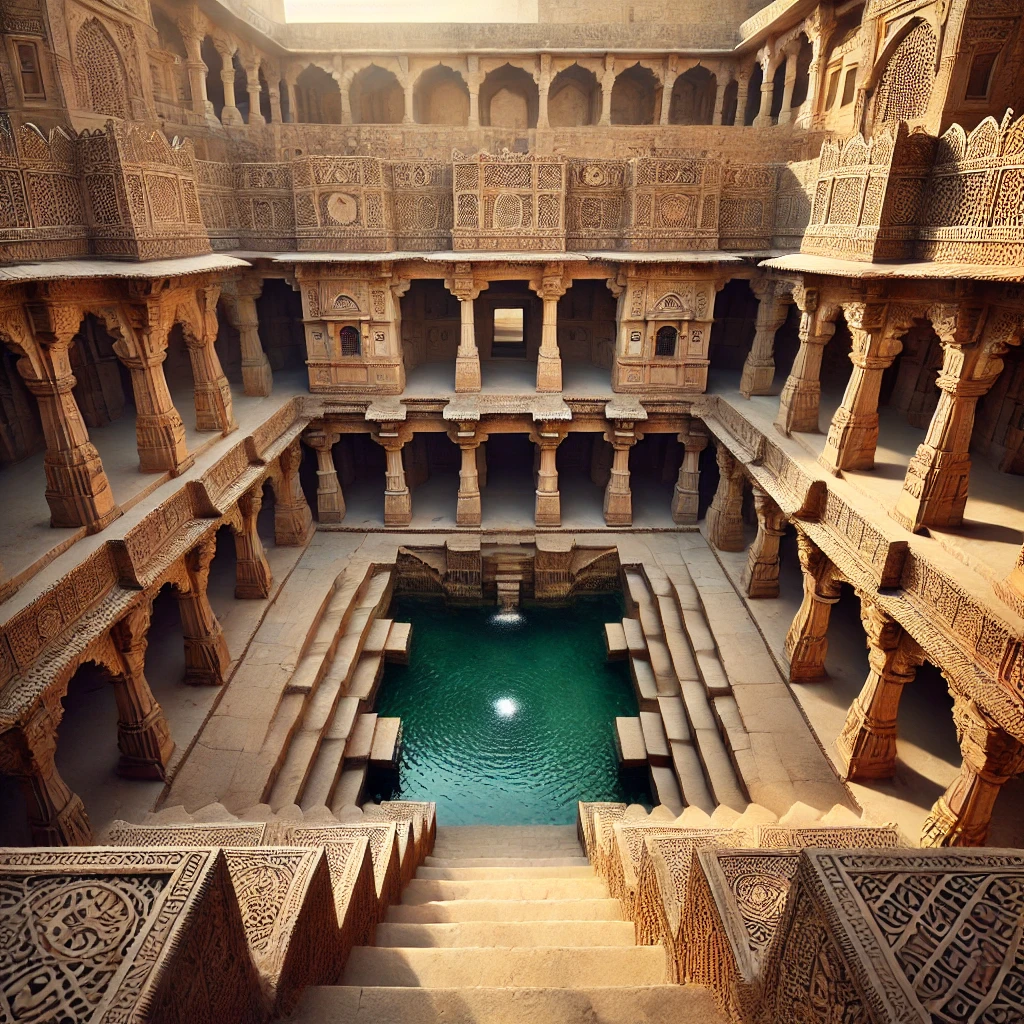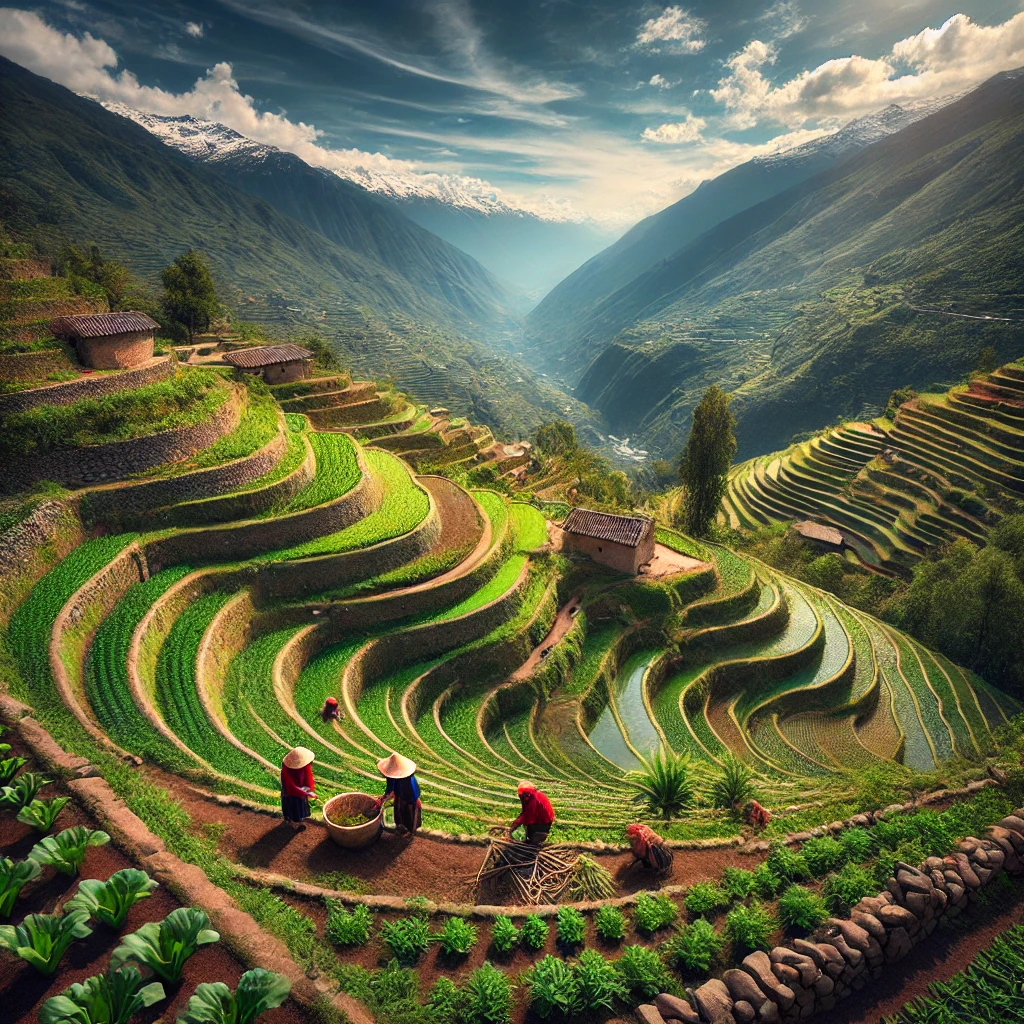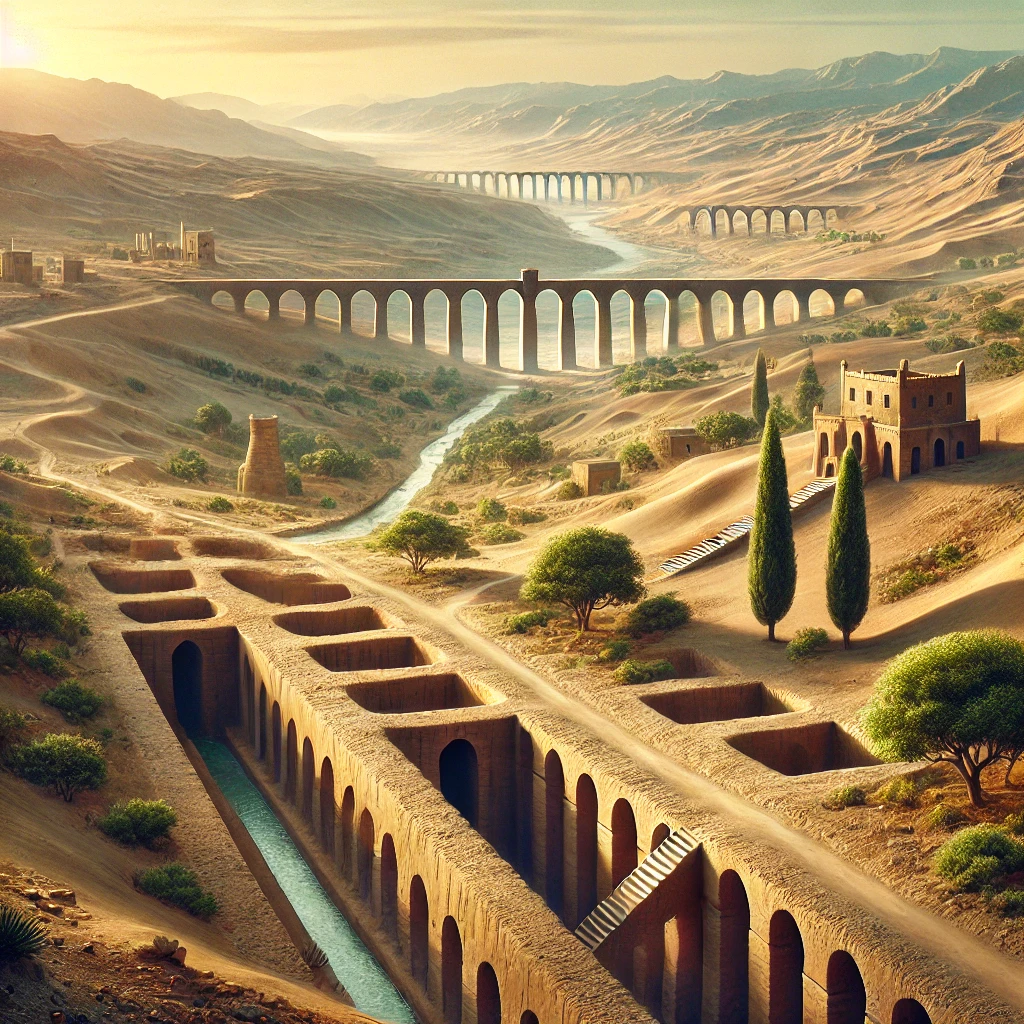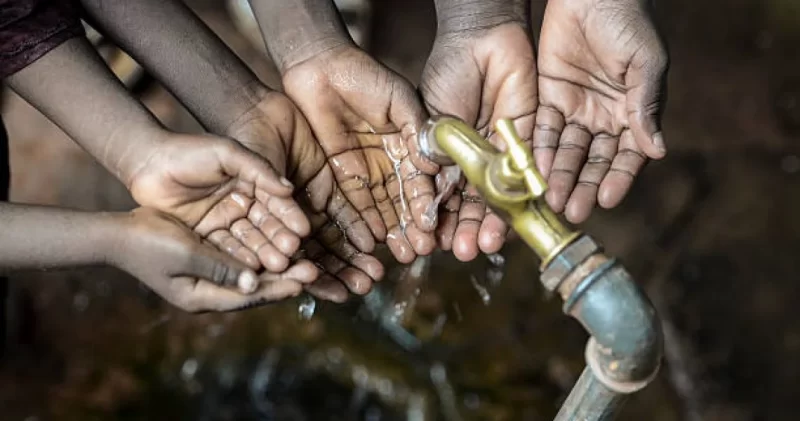Water Scarcity and Management
Who is affected by water scarcity? Water scarcity impacts billions globally, disproportionately affecting developing nations and marginalized communities reliant on agriculture and limited infrastructure. Farmers, rural populations, and industries all face significant challenges. Even in developed nations, drought and mismanagement can lead to water stress.
What is water scarcity? Water scarcity refers to a lack of sufficient available water resources to meet the demands of a population or ecosystem. This can result from physical scarcity (lack of water resources) or economic scarcity (inadequate access to water due to poverty, poor infrastructure, or governance issues).
Where is water scarcity most prevalent? Arid and semi-arid regions, particularly in Africa, the Middle East, and parts of Asia, face the most severe water scarcity. However, water stress is a growing concern worldwide due to climate change, population growth, and unsustainable water management practices.
When did water scarcity become a major concern? While water scarcity has always been a regional issue, its global impact has escalated in recent decades due to climate change, population growth, and increasing demands from agriculture and industry. The 21st century has seen a dramatic rise in water-related conflicts and crises.
Why is water scarcity a problem? Water scarcity threatens food security, human health, economic development, and environmental sustainability. It can exacerbate poverty, inequality, and social unrest, and it contributes to environmental degradation, including desertification and biodiversity loss. The lack of access to clean water causes widespread illness.
How can water scarcity be addressed? Effective water management is crucial. Solutions include improving water infrastructure, promoting water conservation techniques (drip irrigation, rainwater harvesting), implementing stricter water regulations, investing in water-efficient technologies, and raising public awareness about sustainable water use. International cooperation and equitable water sharing agreements are also vital.
Ancient Ways to Protect Water Resources:
Timeless Lessons for Modern Sustainability
Water, the essence of life, has always been a precious resource. Ancient civilizations, understanding its significance, developed ingenious ways to conserve and protect water. These methods, though centuries old, offer valuable insights for modern water sustainability efforts.
1. Stepwells and Reservoirs
In India, stepwells, known as baolis, were constructed to store rainwater and provide a reliable water source during dry seasons. These marvels of architecture not only conserved water but also helped in maintaining groundwater levels. Similarly, ancient Egyptians built reservoirs to manage the Nile’s seasonal floods effectively.

2. Terraced Farming
Civilizations like the Inca of South America used terraced farming to prevent soil erosion and ensure water retention. This technique slowed water flow, allowing crops to absorb it and reducing runoff. This practice also minimized water wastage, making agriculture sustainable in mountainous regions.

3. Qanats and Aqueducts
The Persians pioneered qanats, underground canals that transported water from distant sources to arid regions. The Romans, too, built elaborate aqueducts to channel clean water over long distances. These systems minimized water loss due to evaporation and ensured steady water supply.

4. Rainwater Harvesting
Many ancient cultures, including those in Southeast Asia and the Middle East, excelled in rainwater harvesting. They built cisterns and tanks to collect and store rainwater, ensuring a dependable supply during droughts.
5. Sacred Groves and Protected Ecosystems
Ancient societies often considered water bodies sacred, surrounding them with groves or forests. These natural buffers preserved water quality by preventing pollution and promoting biodiversity.
By revisiting these ancient techniques, we can draw inspiration for sustainable water management in the modern era. Their eco-friendly, resourceful methods underscore the importance of conserving water for future generations.
